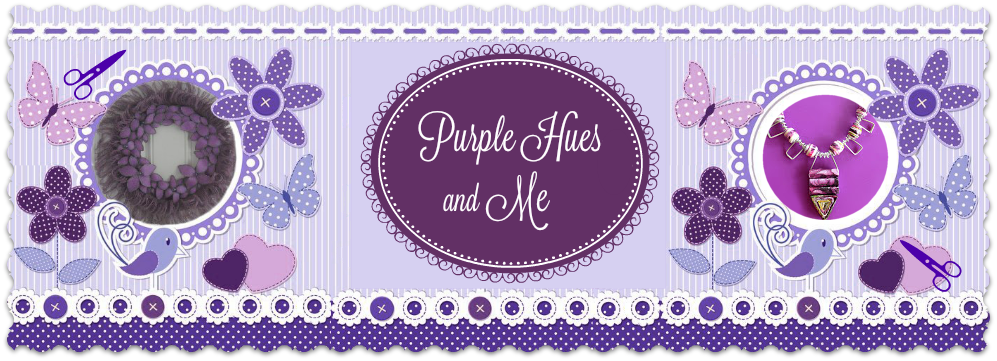Napkin pillows are very popular and easy to make. There are quite a few tutorials out in blogland showing you how to put two napkins together for a pillow. I'm going one step further, showing you how to embellish a napkin pillow by making a dainty narrow ribbon flower. If you can glue two ribbon ends together and sew straight seams or use iron on tape for a no-sew pillow, you can make this adorable decorative pillow.
And you only need a few items to put this together:
Narrow satin ribbon in your favorite colors
Felt
Fabri-Tac fabric glue
Scissors
Measuring tape
17" Cloth napkins
Sewing machine or iron-on tape if you don't sew
Fiberfill
17" Cloth napkins
Sewing machine or iron-on tape if you don't sew
Fiberfill
To begin, let's make the ribbon flower first. Cut out a 1" circle of felt. Then cut fifteen strips of ribbon 12" long for the first petal layer. Bring the ribbon strip ends together to form loops (petals) and secure with glue.
Add a dab of fabric glue to the ribbon strip edge and glue on the first layer of petals around the edge of the circle starting with the "clock positions" of 12, 3, 6, and 9 and then . . .
filling in between.
Glue on more petals between the first layer for a fuller look.
Continue adding layers of petals as you are decreasing the length of each ribbon strip.
The number of petals and lengths of ribbon strips are decreasing about an inch for each layer as you are adding more petals and different colors to the center.
I didn't count the number of petals I glued on for each layer, but instead cut and glued on each strip separately, as I worked my way toward the center.
Once satisfied with the look and fullness . . .
it's time to make the pillow! If you don't use a sewing machine, follow the package instructions for iron-on tape to seal the napkins together. If using a sewing machine, take two napkins, matching up the edges, right sides together . . .
begin stitching the edges together, first going back and forth to seal the seams and continuing around three sides. Since the edges are already finished I did not have a seam allowance. As you begin stitching the fourth side, leave a gap about six inches long to insert the poly-fill. Seal the last stitches back and forth so the seams won't come open.
Turn the napkins right side out and stuff with fiberfill to form the pillow. Hand stitch the opening close. Apply Fabri-Tac glue to the back of the felt circle and press the flower to the center of the pillow.
Have fun decorating with your embellished napkin pillows!
Take a little time to
enjoy
and
Happy Crafting!































































































